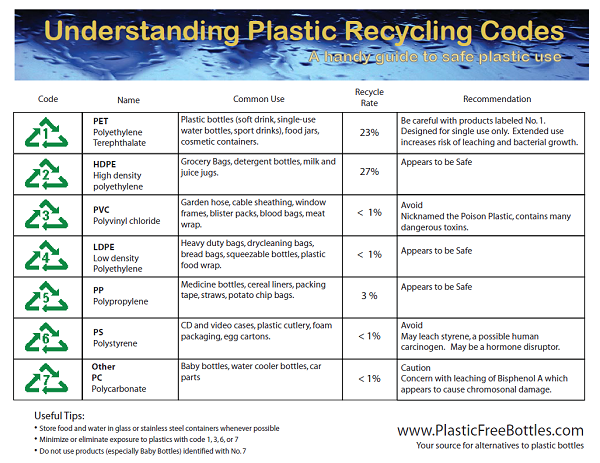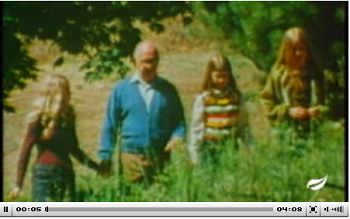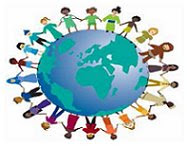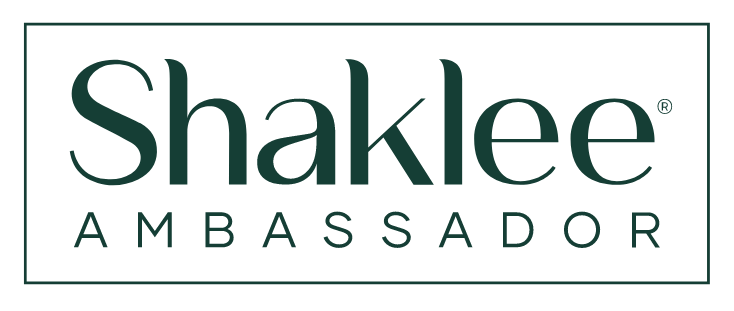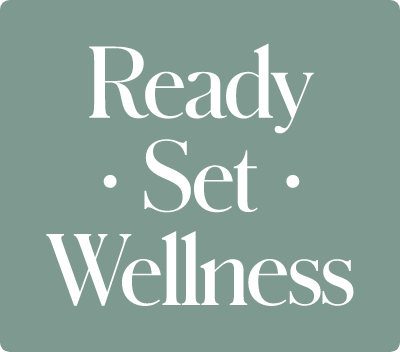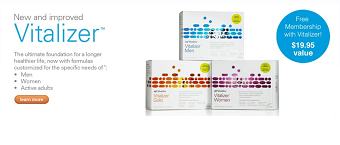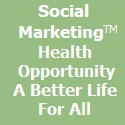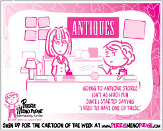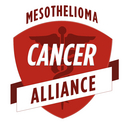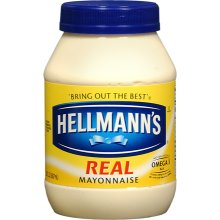 We’ve always been a Hellmann’s Mayonnaise family.
We’ve always been a Hellmann’s Mayonnaise family.
Mom used Hellmann’s Mayonnaise, so when I started buying my own groceries, I bought Hellmann’s Mayonnaise, too. I can’t imagine a chicken or roast beef sandwich without it. My egg salad and potato salad can’t be duplicated without it. I don’t know any other mayonnaise or salad dressing that even comes close.
I was thrilled to read that Hellmann’s Mayonnaise is now made with cage-free eggs. Good, I thought. Hellmann’s is concerned with quality. Cage-free eggs are better eggs.
So, I would never even consider switching brands.
Until now …
For some unknown reason, Hellmann’s decided to switch from a glass bottle to a plastic bottle. I continued to buy the large, 64 ounce bottle at Sam’s Club, only because it was a number 1 recycled plastic. But, the mayonnaise started smelling and tasting like plastic. We use part of a bottle, then I throw out over half. I’m afraid the plastic bottle is leaching chemicals into the mayonnaise.
One of my rules is to never choose plastic if there’s another option. But, I don’t see another option with Hellmann’s Mayonnaise. I only find it in plastic bottles now, no matter which size bottle I check.
So, this time, when I bought a new bottle of Hellmann’s Mayonnaise, I transferred it to glass bottles. I’m still skeptical about the plastic that it’s been stored in, but there was no plastic smell in the newly opened bottle. I’ll pay close attention as we use the mayonnaise. If it starts to smell like plastic, even in the glass bottles, I’ll throw this out, too. And I’ll be shopping for a new brand of mayonnaise.
Tweet to @HealthTalkToday
Do you love Hellmann’s Mayonnaise?
Leave a comment with your experience and opinion of plastic, recycled bottles.

